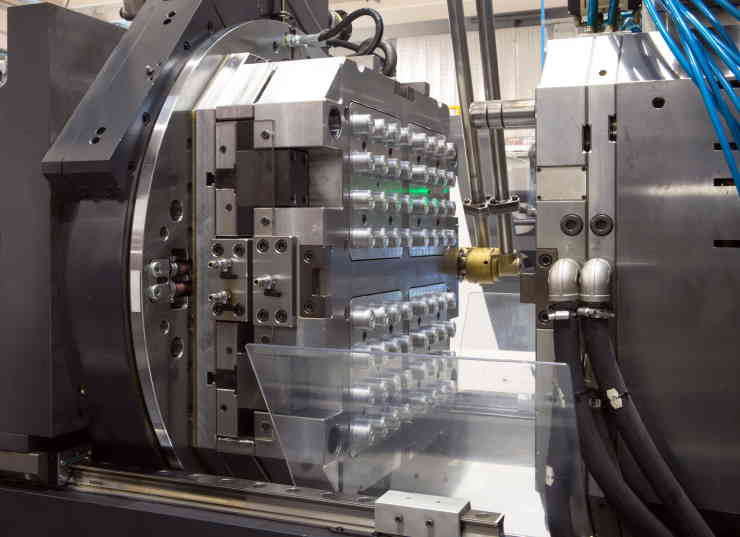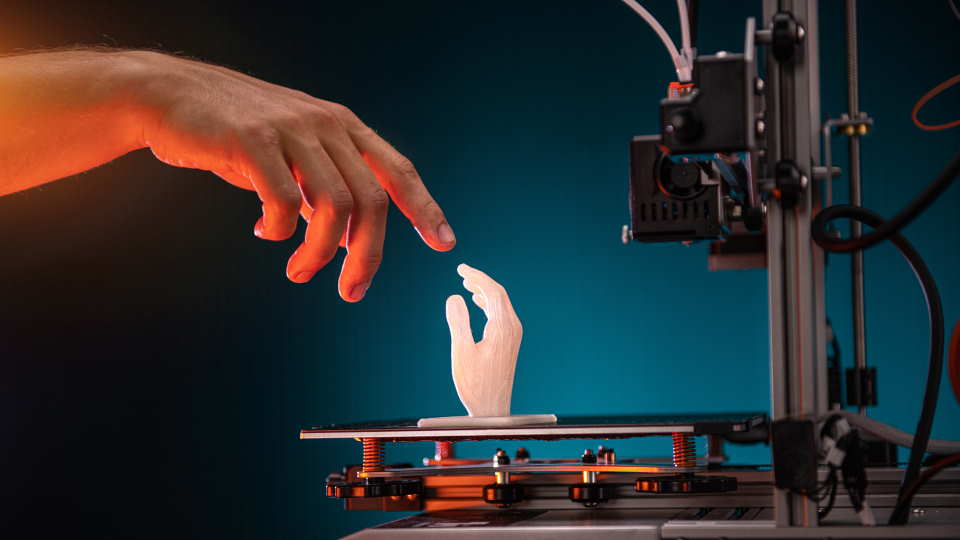Introduction
3D printing is an additive manufacturing technique that creates parts one layer at a time. Compared to conventional manufacturing methods, it offers a variety of clear benefits, such as quicker production turnaround times and a distributed supply chain.
There are numerous areas where it can produce items more quickly. It also does the job with accuracy, is on par with or better than injection molding, and utilizes more affordable and environmentally friendly materials.
So even though current technology is not good enough to handle mass production at high volumes, it is fair to say that in the near future, we might see 3D printing surpassing similar production methods by far. So, without further ado, let’s dive deep into the reason why.
Will 3D Printing Replace Injection Molding?
Injection molding has been used for a long time worldwide. As a result, it is recognized as a preferred choice in the manufacturing industry. But interest in 3D printing is rapidly growing.
If we would like to find an answer to the question of will 3D printing replaces injection molding, we must first acknowledge the cost factor.
The cost of making a mold and the initial batch of injection-molded components may be higher than that of 3D-printed parts. Utilizing 3D printers, the cost per item is exceptionally steady. The production scale has no bearing on material costs or the length of time needed for each unit.
The cost of injection molding is high for small-scale companies, compared to 3D printing. Designing the mold, including its precise cavity, costs money. However, injection molding becomes the more cost-effective alternative for high-volume production, such as 100 or more pieces.
Cost-wise, 3D printing is preferable for beginning projects. A functioning 3D printer may be purchased for a fraction of the price of injection molding equipment.
Operation and maintenance costs for injection molding are astronomically high. Additionally, 3D printing provides plenty of room for trial-and-error attempts without the high expense.
Still, when more parts are needed, injection molding will start to cost less per unit. After then, there will be even more significant discounts with each consecutive order. So until this issue is resolved and 3D printers are qualified for mass production as good as injection molding, injection molding is not going anywhere.
3D Printing vs. Injection Molding

Depending on a few variables, 3D printing or injection molding may be the more cost-effective choice. The quantity of components that must be manufactured is the most crucial. It is best if you only need to produce a small number of copies, like prototypes.
When you receive a flawed prototype, it demands time and money from designers and engineers. No matter how slight, changes to a mold or fabrication process will have a significant financial impact, especially if this change needs to be done on a mold.
The risk associated with prototyping is eliminated by having the ability to print a production-ready prototype before spending money on pricey manufacturing equipment such as molds. This aspect of 3D printing aids in increasing the design’s confidence prior to making the significant investments needed for larger production runs or, perhaps, mass production.
Besides the risk reduction, there is a lot more design freedom available when designing for 3D printing. The limitations of injection molding typically do not apply to 3D printing and additive manufacturing. Draft angles and tool access restrictions do not apply since 3D printers create parts one layer at a time rather than milling raw material from an existing block.
While there are certain limitations on the minor parts that can be accurately printed, most 3D printing restrictions relate to the best way to orient prints to minimize support dependence and the possibility of print failure. This aspect gives designers great creative freedom and makes it simple to create highly complicated shapes.
Last but not least, there is the cost aspect. The cost of 3D printing versus injection molding differs significantly in price per unit. The more pieces your mold produces, the more economical it becomes.
Conclusion
3D printing and injection molding can be used in conjunction. Injection molding is better for large manufacturing, while 3D printing is better for creating prototypes.
However, 3D printing is quickly evolving with methods that aim to imitate the advantageous aspects of injection molding. So, to answer the question of whether will it replace injection molding, it’s fair to say it is increasingly conceivable that 3D printing will eventually take the role of injection molding in the future.

One response to “Will 3D Printing Replace Injection Molding?”
[…] molding is employed as a mass-production technique to create thousands of similar goods, unlike 3D printing, which focuses on creating detailed products, a few at a […]